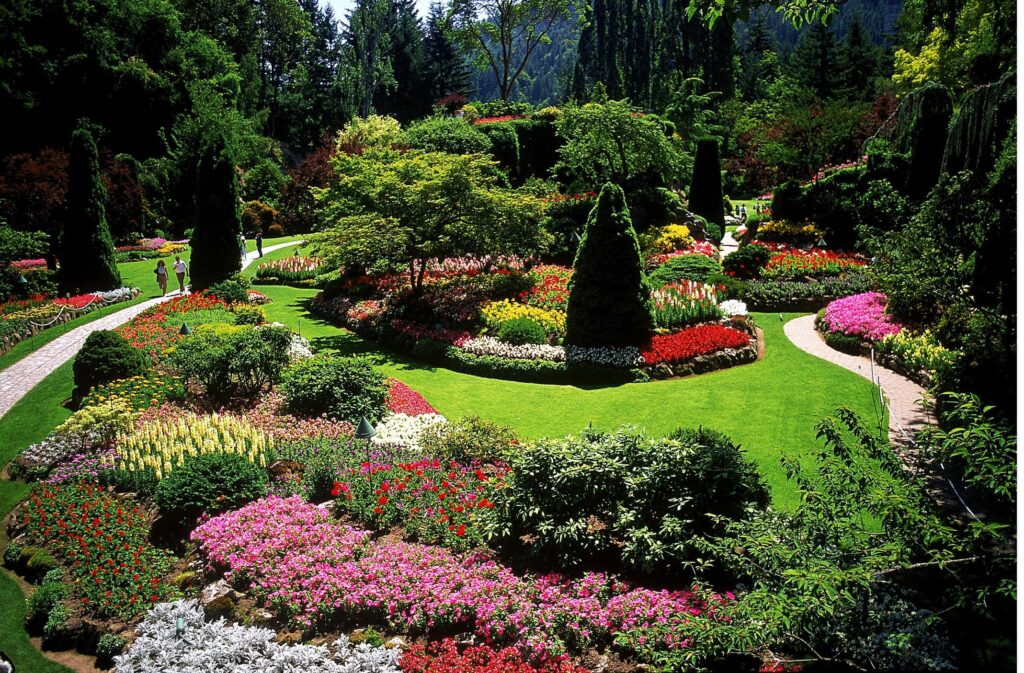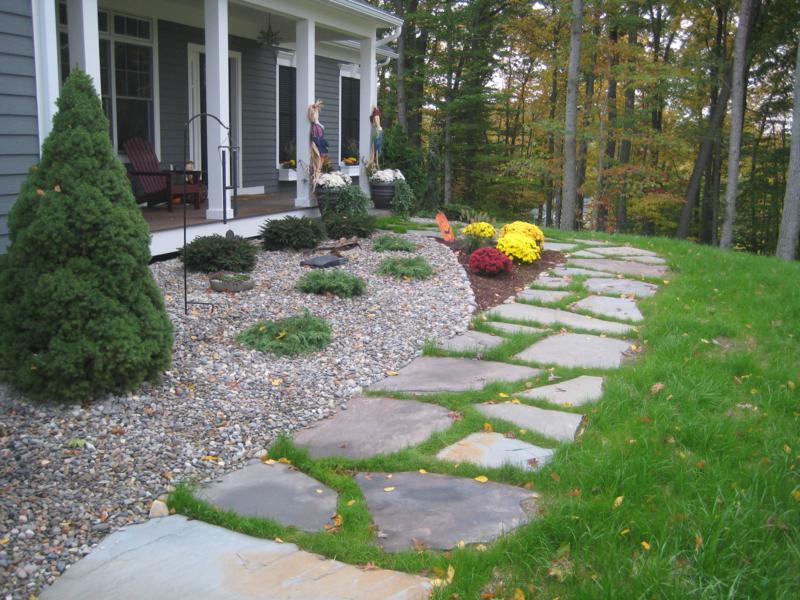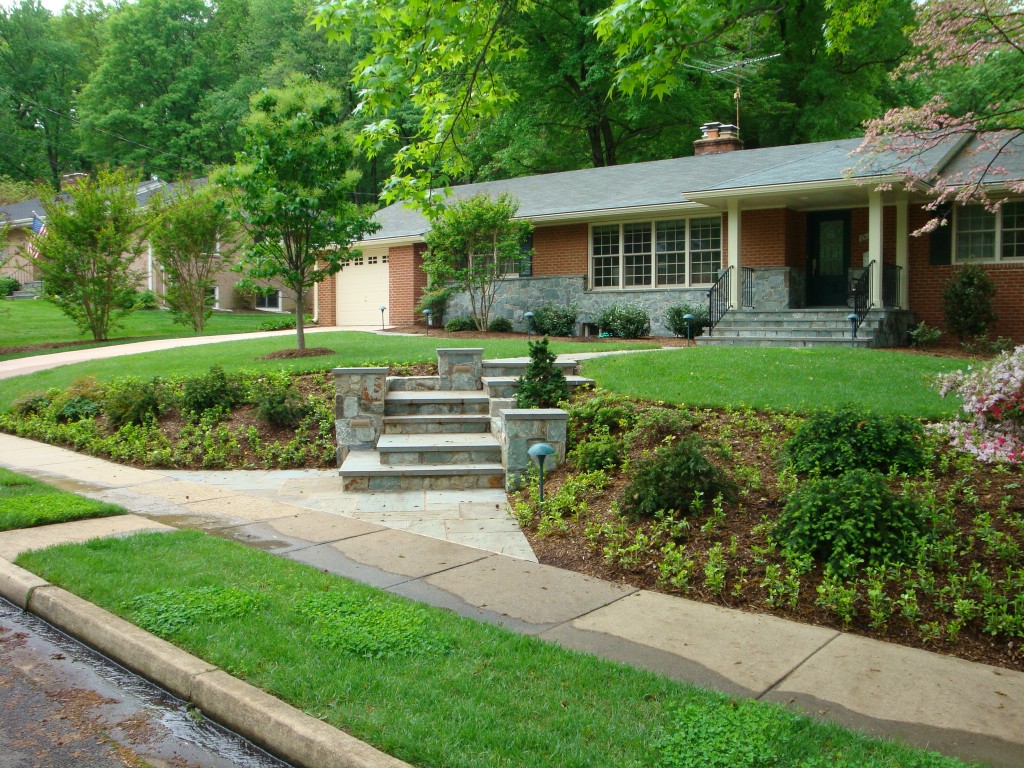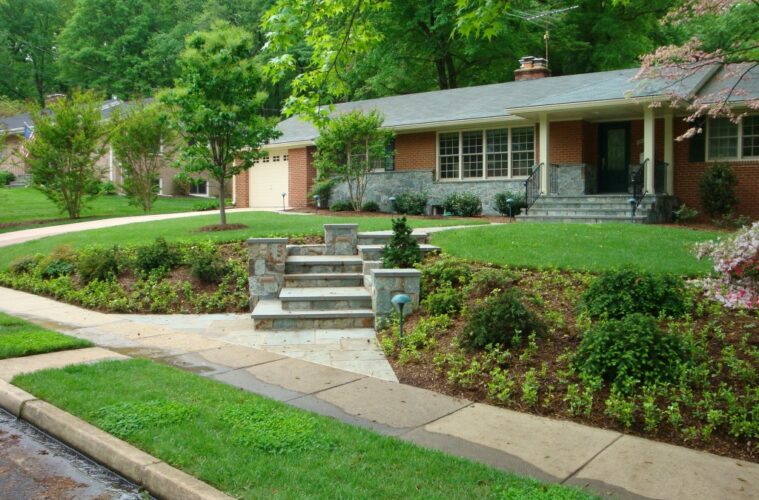Garden landscaping is an art that involves designing and arranging outdoor spaces to create beautiful and functional gardens. Understanding the fundamentals of garden landscaping can help you turn your outdoor area into a lovely oasis, regardless of how big or small your patio or land is. This article will explore nine essential principles that every aspiring gardener should know. Following these principles, you can create a harmonious and visually appealing garden that suits your taste and lifestyle.
Assess the site
Before starting any garden landscaping project, carefully assessing the site is crucial. Pay attention to variables such as the size and shape of the area, existing features like trees or structures, sunlight exposure, soil conditions, and potential obstacles. Understanding the site’s characteristics will guide your design choices and help you make informed layout and plant selection decisions.
Define your purpose

source: pinterest.com
Every garden serves a purpose, whether it’s a space for relaxation, entertaining guests, growing vegetables, or showcasing specific plants. Defining your garden’s purpose will shape its overall design. Determine the main activities you envision for your garden and create designated areas that cater to those needs.
Consider the climate
Climate plays a significant role in garden landscaping. Understanding your region’s climate will guide your plant selection and help you choose varieties that can thrive in your area. Consider the average temperature, rainfall patterns, and seasonal changes. If your area is susceptible to extreme temperatures, opt for hardy plants that withstand harsh weather conditions.
Choose suitable plants
Selecting the right plants is essential for a successful garden. Take into account factors such as plant size, growth habits, maintenance requirements, and bloom times. Choose a mix of plants with varying heights, textures, and colors to create visual interest and year-round appeal. Utilize native plants, which are well-adapted to the local climate and require less water and upkeep.
Create balance and harmony

source: pinterest.com
Balance and harmony are key principles in garden landscaping. Aim for a balanced composition by distributing visual weight evenly throughout the garden. Create harmony by repeating certain shapes in different areas of the garden. Incorporate elements like hedges, trees, or decorative structures in order to establish a sense of cohesiveness and unity.
Incorporating color and texture
In landscaping a garden, color, and texture are very important. Choose a color palette that complements the surroundings and creates the desired mood. Consider the seasons and how different plants can add bursts of color throughout the year. Additionally, incorporate plants with varying textures, such as smooth leaves, rough bark, or delicate flowers, to add depth and visual interest.
Utilize focal points
Focal points are essential elements that draw attention and add visual interest to your garden. They can be a stunning flower bed, a sculpture, a water feature, or a beautifully arranged seating area. Place focal points strategically to create focal lines or anchor points that guide the viewer’s eye and give the impression of perspective and depth.
Incorporate pathways

source: pinterest.com
Pathways serve both practical and aesthetic purposes in garden landscaping. They guide visitors through the garden, define different areas, and create a sense of exploration. Choose materials that complement the overall design and consider width, shape, and curves. Incorporating pathways with interesting patterns or materials can enhance your garden’s visual appeal.
Implement proper drainage
Proper drainage is crucial for maintaining a healthy garden. Poor drainage can lead to waterlogged soil, root rot, and other issues that can harm your plants. Evaluate the site’s natural drainage patterns and make adjustments as needed. Consider incorporating swales, rain gardens, or drainage systems to ensure excess water is directed away from the garden.
Maintain and evolve
A well-maintained garden is a joy to behold. Regular maintenance tasks such as watering, pruning, fertilizing, and weeding are necessary to keep your garden thriving. Additionally, embrace the concept of evolution and be open to making changes and improvements over time. As your garden grows and matures, you may discover new ideas or plant varieties that enhance its beauty and functionality.
Wrap up
The planning and construction of a stunning garden is an activity that is full of excitement. You can turn your outside area into a thriving and welcoming haven by carefully considering each of the nine garden design concepts discussed in this article. You may have a beautiful garden that gives you years of pleasure if you have patience, creativity, and an affinity for the natural world.


